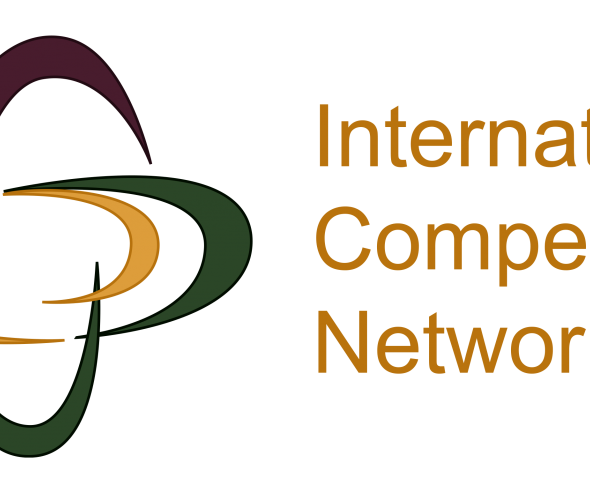The International Competition Network presents a scoping paper on “Big Data and Cartels” analyzing the impact of digitalization in cartel enforcement

What does digitalization change in cartel enforcement?
Over the past few years, there has been a wide debate about the new digital dimension of cartel enforcement. The ICN (the International Network of Competition agencies, counting more than 140 members) decided, through its Cartel Working Group, to study in more detail the implications of big data and algorithms in the fight against cartels. The Scoping paper presented today looks at the topic through two different perspectives: as a new “threat” and as a new “tool” for cartel enforcement.
First, big data and algorithms can be a new type of vehicle for collusion. In that respect, the paper offers some practical definitions of these often used terms (see §10-17 of the paper). There are different instances in which big data and algorithms can affect explicit or tacit collusion, taking into account the fact that from the legal point of view, tacit collusion generally escapes the application of competition rules.
Algorithms can affect two structural factors of collusion, i.e. the frequency of interaction and market transparency. Simultaneous use of algorithms, by competitors, without prior contact between them, raises several questions. This type of use may fall outside the scope of legal provisions prohibiting agreements between rivals, or be part of a larger anticompetitive coordination.
Competition enforcers may face several challenges, should big data and algorithms be a means for illicit collusion between competitors.
When there is no explicit concurrence of wills between the firms which use digital tools to set and adjust prices, two questions will be raised: could the monitoring and adaptation capacities provided by big data and algorithms be taken into account to demonstrate a concurrence of wills? How could the level of market transparency allowed by these technologies change methods to analyze documentary evidence by competition authorities? There may be issues concerning the intentional element and the evidentiary standard (e.g., is consciousness of the collusive outcome sufficient to fall within the provisions of anti-competitive agreement? Is there room to apply presumptions?)
Concerning the restrictive aspects of agreements, the Scoping paper looks at the role that market structures might play. For instance, should they be integrated as economic context, or as potential evidence to demonstrate the manifestation of will?
Regarding the liability issue, several questions that may be raised in relation to the control over an algorithm are listed: when a firm applies an algorithm’s autonomous decision, will the algorithm be deemed to remain under the firm’s control? May the company that developed the algorithm and the beneficiary firm be found jointly and severally liable?
The issue of monitoring capacities and duration continuity of the practice is also flagged. The paper looks, for instance, at the case in which an IT company knowingly provides a group of competitors with algorithms or data management services allowing illegal coordination, where this IT company might be looked at as a facilitator.
Big data can also be considered in cases that go beyond explicit collusion. Some forms of parallel use of algorithms may give rise to identical prices and commercial terms by different economic operators, in particular when the algorithm includes predictive features.
The second part of the paper looks at the different ways in which big data and algorithms can be used by competition agencies as a tool to detect cartels. The challenges to digital cartels detection and investigation are listed: dealing with large volumes of data, localization of digital information (“access approach” or “location approach”), cartel screening and fight against bid-rigging.
The paper finally looks at possible fruitful cooperation with actors outside competition enforcers, such as public procurement authorities, anticorruption / fraud bodies, or criminal enforcement authorities. With these agencies, the use of certain data sets that they have gathered might be useful, as well as sharing techniques and methodologies concerning data analytics.
In conclusion, the interest of advocacy in this domain is underlined, for example by disseminating a competition culture to those who design and use tenders, or by encouraging the development of electronic procurement policies by national authorities
Why this ICN Project?
As a global competition network, the ICN is keen to keep up with emerging competition issues in the digital economy and to support its members in their efforts to tackle them. In support of this objective, the ICN Cartel Working Group (“the CWG”) chose to conduct a project to identify the challenges raised by big data and algorithms in the fight against cartels, the “Big Data and Cartels Project”. Based on a review of existing sources and the input of volunteer ICN member agencies and NGAs (Non-Governmental advisers), the CWG has conducted this project by producing a Scoping paper on “The impact of digitalization in cartel enforcement”, released today.
The Scoping paper is meant to help trigger debate among competition experts on how big data and algorithms impact cartel enforcement. It looks into data and algorithms both as a vehicle for collusion and as a tool for cartel detection.
The Scoping paper “in a nutshell”
After clarifying the notions at stake, the Scoping paper elaborates on questions on the subject of collusion in connection with big data and algorithms. Are there new forms of cartels? Are the contours of explicit collusion getting blurred? How can enforcers meet the proper evidentiary standard to prove the existence of cooperation between firms?
The Scoping paper also points to possible tools and means of action for antitrust enforcers to overcome the hurdles of digital cartels detection and investigation, including effective data management and cooperation with other public stakeholders.